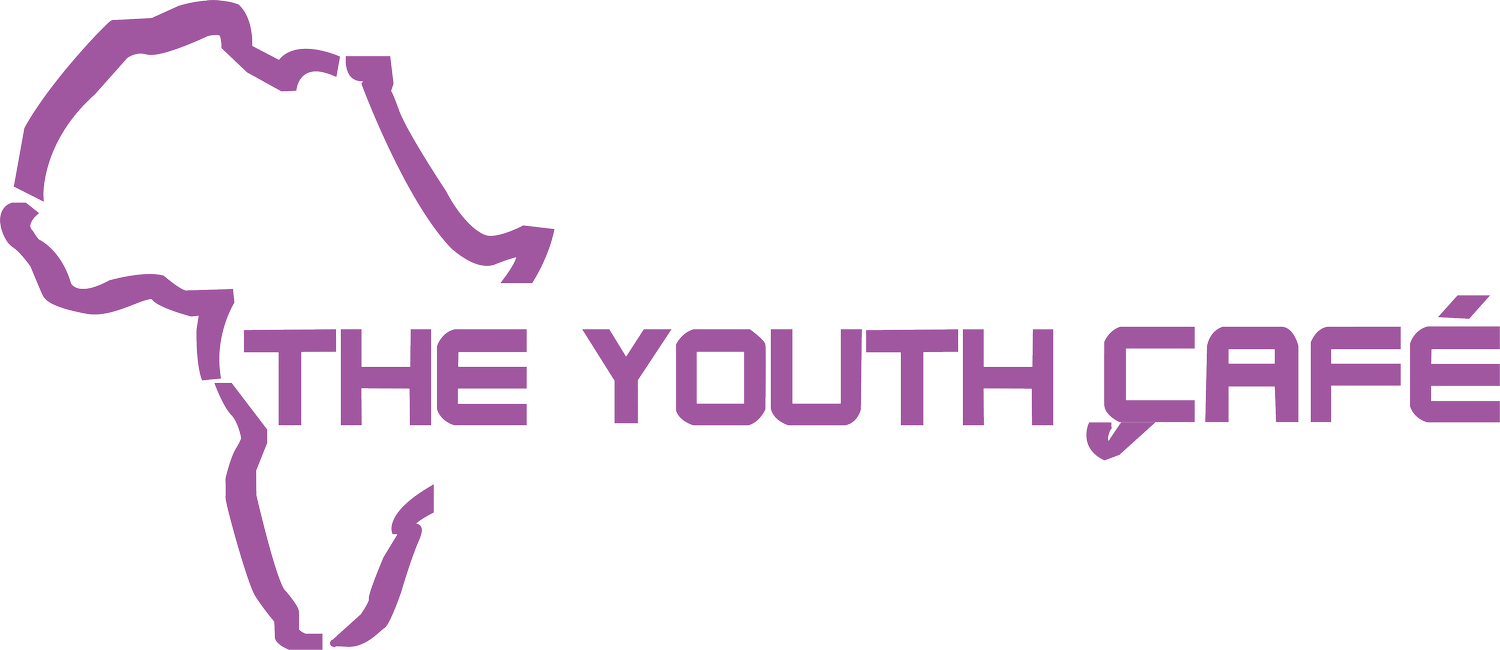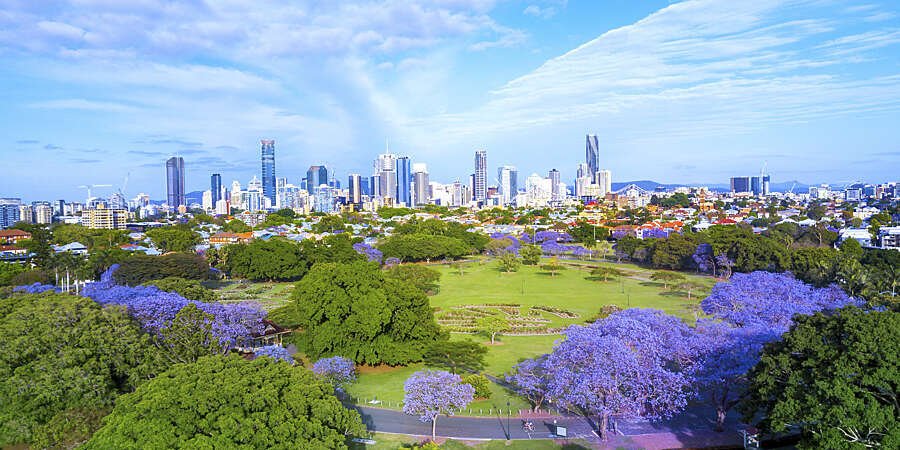Foreword
On 1 January 2016, the world officially began implementation of the 2030 Agenda for Sustainable Development—the transformative plan of action based on 17 Sustainable Development Goals—to address urgent global challenges over the next 15 years.
This agenda is a road map for people and the planet that will build on the success of the Millennium Development Goals and ensure sustainable social and economic progress worldwide. It seeks not only to eradicate extreme poverty but also to integrate and balance the three dimensions of sustainable development—economic, social and environmental—in a comprehensive global vision.
It is vital that we begin implementation with a sense of opportunity and purpose based on an accurate evaluation of where the world stands now. That is the aim of this report. It presents an overview of the 17 Goals using data currently available to highlight the most significant gaps and challenges.
The latest data show that about one in eight people still lived in extreme poverty, nearly 800 million people suffered from hunger, the births of nearly a quarter of children under five had not been recorded, 1.1 billion people were living without electricity, and water scarcity affected more than 2 billion people. These statistics show how important coordinated global data-generation efforts will be in supplying reliable and timely data for systematic follow-up and progress reviews.
The Goals apply to all societies. Even the wealthiest countries have yet to empower women or eliminate discrimination fully. All nations will need to build the Sustainable Development Goals into their national policies and plans if we are to achieve them. This first report is a starting point. With collective global action, we can seize the opportunities before us and, together, fulfil the pledge of the 2030 Agenda to leave no one behind.
SUSTAINABLE DEVELOPMENT GOALS
1. No POVERTY
Goal 1 calls for an end to poverty in all its manifestations, including extreme poverty, over the next 15 years. All people everywhere, including the poorest and most vulnerable, should enjoy a basic standard of living and social protection benefits.
The proportion of the global population living below the extreme poverty line dropped by half between 2002 and 2012, from 26 to 13 per cent. This translated to one in eight people worldwide living in extreme poverty in 2012. Poverty remains widespread in sub-Saharan Africa, where more than 40 per cent of people lived on less than 1.90 US dollars a day in 2012.
2. ZERO HUNGER
Goal 2 seeks to end hunger and all forms of malnutrition and to achieve sustainable food production by 2030. It is premised on the idea that everyone should have access to sufficient nutritious food, which will require widespread promotion of sustainable agriculture, a doubling of agricultural productivity, increased investments and properly functioning food markets.
More than half of the adult population in sub-Saharan Africa faced moderate or severe food insecurity in 2015; the level was severe for one-quarter of adults in the region. .
3. GOOD HEALTH AND WELL-BEING
Goal 3 aims to ensure health and well-being for all at all ages by improving reproductive, maternal and child health; ending the epidemics of major communicable diseases; reducing non-communicable and environmental diseases; achieving universal health coverage; and ensuring access to safe, affordable and effective medicines and vaccines for all.
Between 1990 and 2015, the global maternal mortality ratio declined by 44 per cent, and the mortality rate of children under age 5 fell by more than half. Still, an estimated 5.9 million children under 5 died in 2015, mostly from preventable causes.
4. QUALITY EDUCATION
Goal 4 focuses on the acquisition of foundational and higher-order skills; greater and more equitable access to technical and vocational education and training and higher education; training throughout life; and the knowledge, skills and values needed to function well and contribute to society.
In 2013, 59 million children of primary school age were out of school. Surveys from 63 low- and middle-income countries between 2008 and 2012 show that children from the poorest 20 per cent of households are more than four times as likely to be out of school as their richest peers.
5. Gender Equality
Goal 5 aims to empower women and girls to reach their full potential, which requires eliminating all forms of discrimination and violence against them, including harmful practices. It seeks to ensure that they have every opportunity for sexual and reproductive health and reproductive rights, receive due recognition for their unpaid work, have full access to productive resources, and enjoy equal participation with men in political, economic and public life.
Globally, the proportion of women aged 20 to 24 who reported that they were married before their eighteenth birthdays dropped from 32 per cent around 1990 to 26 per cent around 2015.
GOAL 6: CLEAN WATER AND SANITATION.
Goal 6 goes beyond drinking water, sanitation, and hygiene to address the quality and sustainability of water resources. Achieving this Goal, which is critical to the survival of people and the planet, means expanding international cooperation and garnering the support of local communities in improving water and sanitation management.
In 2015, 6.6 billion people, or 91 per cent of the global population, used an improved drinking water source, compared with 82 per cent in 2000. However, in 2015, an estimated 663 million people were still using unimproved sources of surface water.
GOAL 7: AFFORDABLE AND CLEAN ENERGY
The proportion of the global population with access to electricity increased steadily, from 79 per cent in 2000 to 85 per cent in 2012. Despite these improvements, 1.1 billion people were still without this essential service in 2012.
In 2014, some 3 billion people, over 40 per cent of the world’s population, relied on polluting and unhealthy fuels for cooking. Modern renewables grew rapidly, at a rate of 4 per cent a year between 2010 and 2012. Global energy intensity improved by 1.3 per cent a year from 2000 to 2012. About 68 per cent of the energy savings between 2010 and 2012 came from developing regions, with Eastern Asia as the largest contributor
GOAL 8: DECENT WORK AND ECONOMIC GROWTH
This goal aims to provide opportunities for full and productive employment and decent work for all while eradicating forced labour, human trafficking and child labour.
The average annual growth rate of real gross domestic product (GDP) per capita in the least developed countries (LDCs) declined from 4.7 per cent over the period 2005-2009 to 2.6 per cent in 2010-2014. This was less than half the target rate of 7 per cent per year.
While labour productivity increased in the developing regions from 2005 to 2015,
GOAL 9: INDUSTRY INNOVATION AND INFRASTRUCTURE
This can be accomplished through enhanced international and domestic financial, technological and technical support, research and innovation, and increased access to information and communication technology.
In 2015, manufacturing value added per capita was less than 100 US dollars a year in the LDCs versus nearly 5,000 US dollars in developed regions. Globally, energy efficiency and cleaner fuels and technologies reduced carbon dioxide (CO2) emissions per unit of value added by 13 per cent from 2000 to 2013.
GOAL 10: REDUCED INEQUALITIES
This calls for reducing inequalities in income, as well as those based on sex, age, disability, race, class, ethnicity, religion and opportunity. It also aims to ensure safe, orderly and regular migration and addresses issues related to the representation of developing countries in global decision-making.
In 56 out of 94 countries with data for the period 2007-2012, the per capita income of the poorest 40 per cent of households grew more rapidly than the national average.
GOAL 11: SUSTAINABLE CITIES AND COMMUNITIES
This goal aims to renew and plan cities and other human settlements in a way that fosters community cohesion and personal security while stimulating innovation and employment. In 2014, 880 million people lived in urban slums, or 30 per cent of the global urban population, compared to 39 per cent in 2000. In many burgeoning cities around the world, populations are moving outwards, far beyond administrative boundaries.
GOAL 12: RESPONSIBLE CONSUMPTION AND PRODUCTION
Aims to promote sustainable consumption and production patterns through measures such as specific policies and international agreements on the management of materials that are toxic to the environment. In 2010, the material footprint per unit of GDP (amount of primary materials used) of developed regions stood at 23.6 kilograms per unit of GDP, compared with 14.5 kilograms per unit of GDP in developing regions.
GOAL 13: CLIMATE ACTION
Climate change presents the single biggest threat to development, and its widespread, unprecedented effects disproportionately burden the poorest and the most vulnerable. Urgent action is needed not only to combat climate change and its impacts but also to build resilience in responding to climate-related hazards and natural disasters. In April 2016, 175 Member States signed the historic Paris Agreement, which set the stage for ambitious climate action by all to ensure that global temperatures rise no more than 2 degrees Celsius.
GOAL 14: LIFE UNDER WATER
Marine resources are particularly important for people living in coastal communities, who represented 37 per cent of the world's population in 2010. The proportion of global marine fish stocks within biologically sustainable levels declined from 90 per cent in 1974 to 69 per cent in 2013. In 2014, 8.4 per cent of the marine environment under national jurisdiction (up to 200 nautical miles from shore) was under protection. From 2000 to 2016, the share of marine key biodiversity areas that were completely covered by protected areas increased from 15 per cent to 19 per cent.
GOAL 15: LIFE ON LAND
Global net loss in forest area declined from 7.3 million hectares per year in the 1990s to 3.3 million hectares per year during the period 2010-2015. The percentage of global terrestrial, inland freshwater and mountain key biodiversity areas covered by protected areas increased from 16.5 per cent to 19.3 per cent, 13.8 per cent to 16.6 per cent and 18.1 per cent to 20.1 per cent, respectively, from 2000 to 2016. fAs of 2015, over 23,000 species of plants, fungi and animals were known to face a high probability of extinction. Human activities are causing species extinctions at rates three orders of magnitude higher than those normal throughout the Earth’s history.
GOAL 16 PEACE JUSTICE AND STRONG INSTITUTION
Many countries still face protracted violence and armed conflict, and far too many people are poorly supported by weak institutions and lack access to justice, information and other fundamental freedoms. Between 2008 and 2014, the homicide rate in developing countries was twice that of developed countries. At the peak in 2011, 34 per cent of the victims of human trafficking at the global level were children, up from 13 per cent in 2004. globally, 30 per cent of people held in detention over the period 2012-2014 had not been sentenced.
Goal 17: PARTNERSHIP FOR THE GOAL
The 2030 Agenda requires a revitalized and enhanced global partnership that mobilizes all available resources from Governments, civil society, the private sector, the United Nations system and other actors. Increasing support to developing countries, in particular LDCs, landlocked developing countries and small island developing States, is fundamental to equitable progress for all. Official development assistance totalled 131.6 billion US dollars in 2015, which was 6.9 per cent higher in real terms than in 2014 and represents the highest level ever reached.
STATISTICAL ANNEX
The following information is supplementary to the Report of the Secretary General's Progress towards the Sustainable Development Goals (E/2016/75). It contains the Statistical Annex of global and regional data for the Sustainable Development Goal indicators on some of the indicators in the proposed global indicator framework agreed to at the 47th session of the United Nations Statistical Commission in March 2016 as a practical starting point. The indicators presented are those for which data are already available.



















